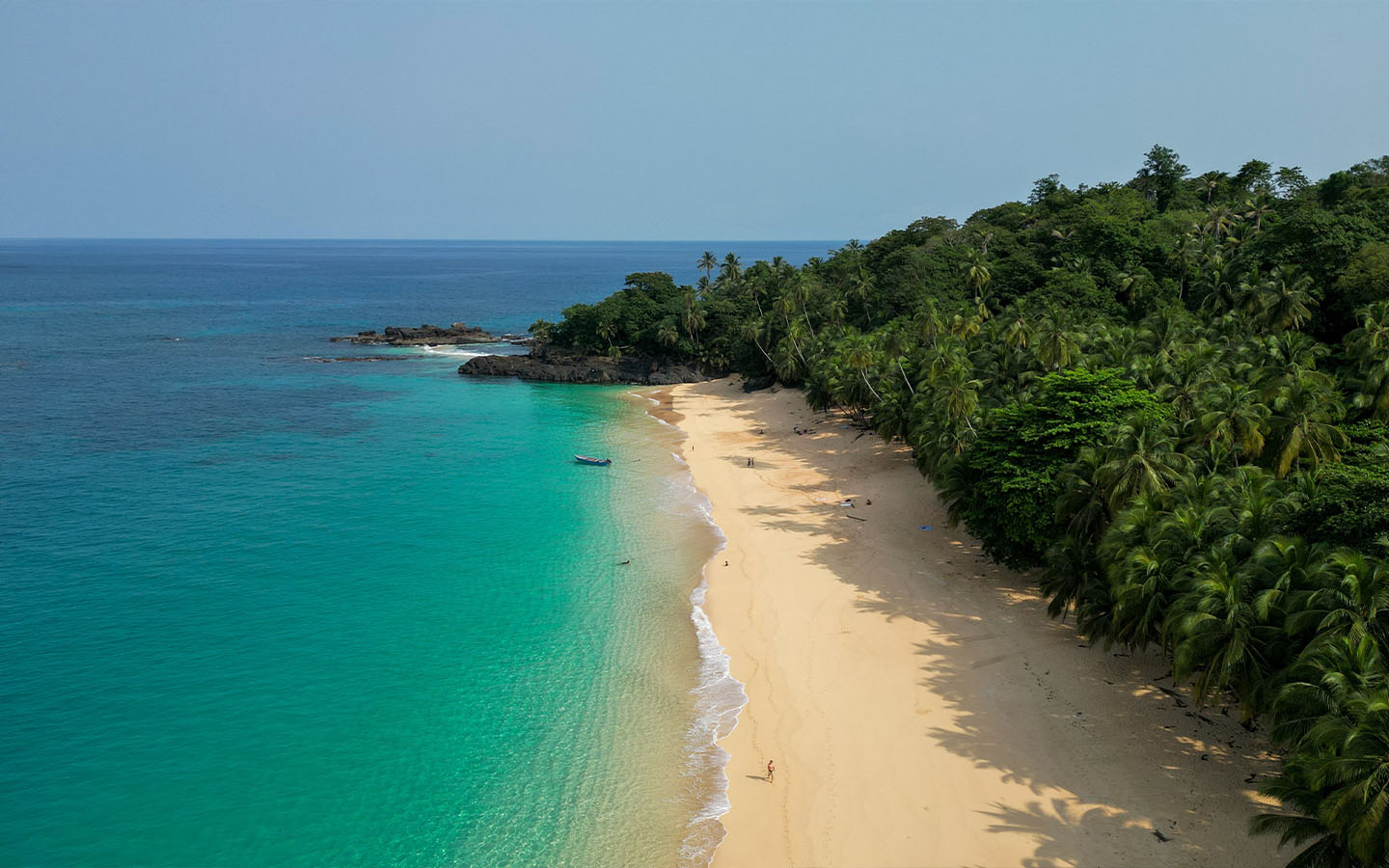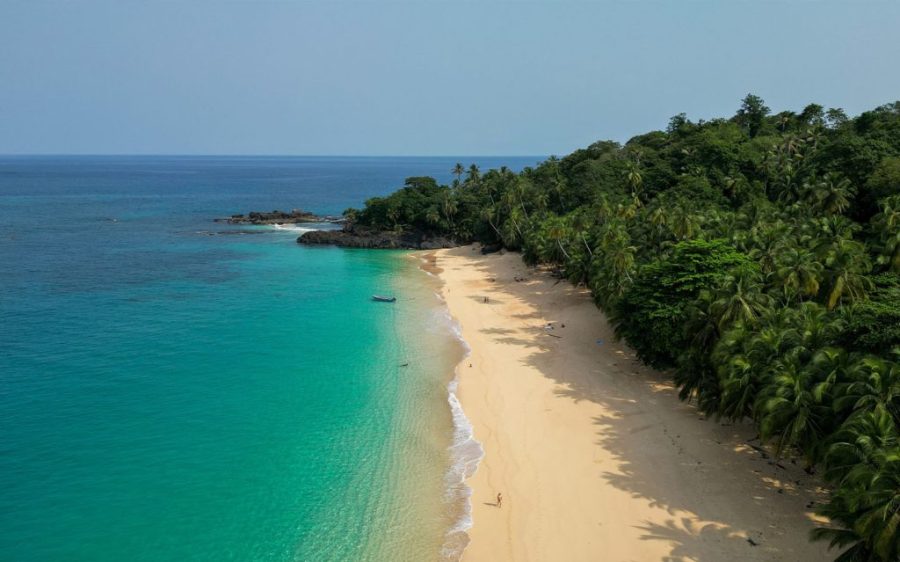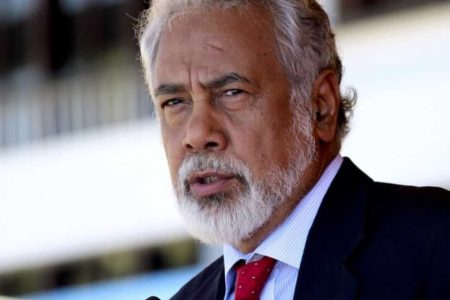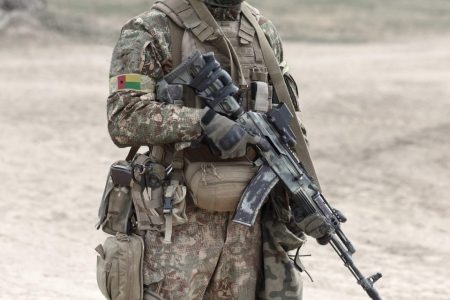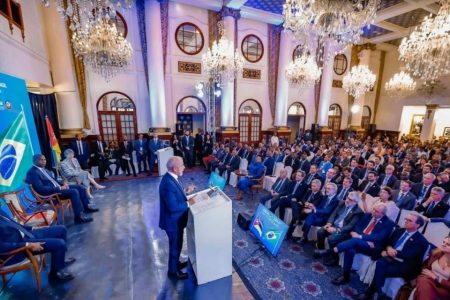São Tomé and Príncipe has made history by becoming the first country to have its entire territory classified as a UNESCO World Biosphere Reserve. The Portuguese news agency Lusa reports that the decision – announced following the World Congress of Biosphere Reserves in Hangzhou – adds 26 new sites across 21 countries to UNESCO’s global network, including four Portuguese-speaking nations.
The recognition extends to the island of São Tomé, complementing the existing biosphere reserve status granted to Príncipe Island and its surrounding islets in 2012, Lusa says. UNESCO highlighted that Angola and Equatorial Guinea have also received their first biosphere reserve designations, acknowledging their unique ecosystems and innovative approaches to sustainable living.
The São Tomé Island Biosphere Reserve spans approximately 1,130 square kilometres, encompassing volcanic peaks, tropical forests, and fertile agricultural land. Marine protection zones within the reserve include islets such as Cabras, Santana, and Rolas, which are vital habitats for coral reefs, seabird colonies, and sea turtle nesting beaches.
With around 130,000 inhabitants engaged in activities deeply connected to the land and sea, the reserve promotes ecotourism as a growth opportunity. The island’s globally renowned organic cocoa industry, rooted in local communities and passed down through generations, is also a significant symbol of its agricultural heritage. UNESCO concluded that the São Tomé Island Biosphere Reserve safeguards an irreplaceable natural and cultural heritage through community participation, sustainable land use, and conservation efforts.
Angola’s first recognised biosphere reserve meanwhile is Quiçama, situated along 206 kilometres of the wild Atlantic coast, south of Luanda. Covering 33,160 square kilometres, the Quiçama Reserve not only preserves unique coastal and marine biodiversity but also enhances climate resilience and cultural identity by fostering a shared vision of peace and sustainability between people and nature.
[See more: Brazil has committed US$1 billion to a tropical forest fund]
Equatorial Guinea, a member of the Community of Portuguese Language Countries (CPLP), saw the Biosphere Reserve of Bioko Island recognised, Lusa reports. Described as a “volcanic and lush jewel,” Bioko is Africa’s fourth-largest island, exceeding 2,000 square kilometres. It hosts the nation’s capital, Malabo, and boasts one of Central Africa’s most remarkable biodiversities. The Bioko Island Biosphere Reserve protects natural treasures such as Pico Basilé National Park, Luba Crater Scientific Reserve, and marine areas, integrating urban life in Malabo with rural communities. This classification aims to promote conservation, sustainable development, and scientific research, ensuring the endurance of Bioko’s primates, forests, and cultural legacy.
Portugal also joined the list with the inclusion of the Arrábida Biosphere Reserve, located south of Lisbon and covering approximately 200 square kilometres.
This year’s list also notably includes the Raja Ampat archipelago in Indonesia, classified as the marine ecosystem with the highest biodiversity on Earth.
UNESCO’s biosphere programme has experienced significant expansion since 2018, with 142 new biosphere reserves adding over one million square kilometres of protected natural areas. Currently, the 785 reserves across 142 countries cover 8 million square kilometres – an area equivalent to the size of Australia – directly benefiting approximately 300 million people living within them.
At the congress opening, Audrey Azoulay, Director-General of UNESCO, expressed optimism that by 2030, every member state will have at least one reserve, in line with the action plan for the next decade. According to Lusa, the plan also includes measures to further protection, such as the conservation and restoration of at least 30 percent of degraded ecosystems by 2035 and a reduction in human pressure on biodiversity.
This article was drafted by AI before being reviewed by an editor.
